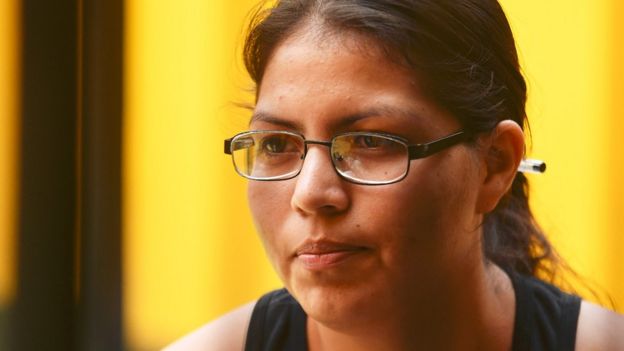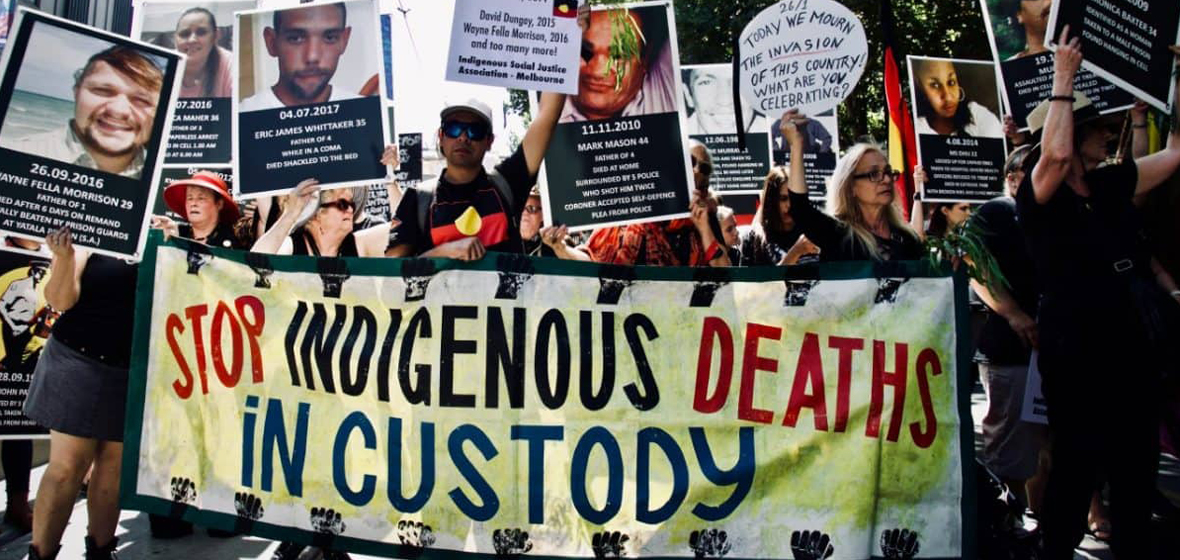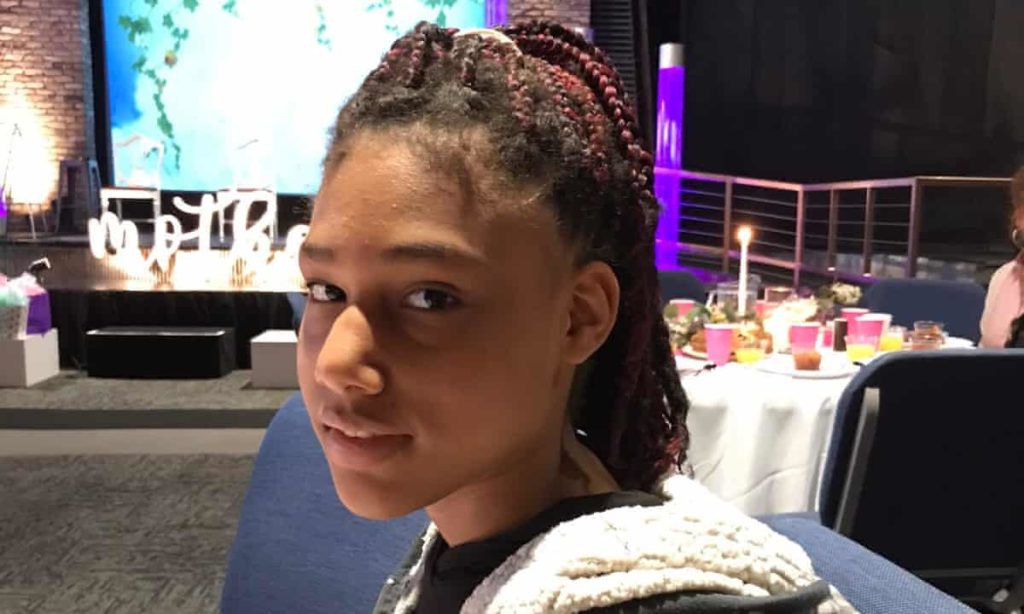
“They fail to discern the beauty and they see only the disorder, missing all the ways black folks create life and make bare need into an arena of elaboration.”
Saidiya Hartman
Honestie Hodges “could have been the vice president one day or maybe the president. The world was open to her”. She was “beautiful, sassy, smart, loving.” Honestie Hodges’ grandmother Alisa Niemeyer chronicled not only Honestie Hodges’ struggle with Covid 19, to which she succumbed November 22, but even more her beauty. Honestie Hodges was 14 years old when she died. Honestie Hodges was a young Black girl, living and growing in Grand Rapids, Michigan. She could have been the Vice President one day, or maybe the President.
Honestie Hodges first came to national attention, on December 11, 2017, when she was handcuffed, at the age of 11, for the crime of Being Black, more specifically for Being a Black Girl. Police were looking for a 40-year-old White woman suspect in a stabbing incident. 11-year-old Honestie, her mother, and another family member were on their way to the store when police confronted them, guns drawn. They were immediately handcuffed. Honestie’s mother screamed that her daughter was only 11 years old. Honestie cried and screamed, begged not to be handcuffed, not to be taken in. To no avail. After much outcry and uproar, the Grand Rapids police sort of admitted their error, established the so-called Honestie Policy, which calls for least restraint when dealing with youth. The results have been, at best, mixed.
Two days after that incident, Honestie Hodges asked, “I have a question for the Grand Rapids police: If this happened to a white child, if her mother was screaming, ‘She’s 11,’ would you have handcuffed her and put her in the back of a police car?” Honestie Hodges was beautiful, sassy, smart, and loving.
Grief and horror mix with beauty. The story of State violence, systemic racism, the ways in which that racism is blended with and intensified by sexism, the ways in which boys will be boys and girls will be jailed, these are parts of the story of everyday horror in the United States. The disproportionate impact of Covid-19 on Black and Brown communities, a story of grief, is at some level the latest iteration of the tale of national horror. But that is only the disorder. Honestie Hodges was a young Black girl in America who was beautiful, sassy, smart and loving, who could have been the Vice President one day, or maybe the President. Her words and actions suggest as much, as do those who knew and loved her. Honestie Hodges’ grandmother, Alisa Niemeyer, established a GoFundMe campaign for the family. Please consider donating.
(Photo credit: Alisa Niemeyer / GoFundMe)
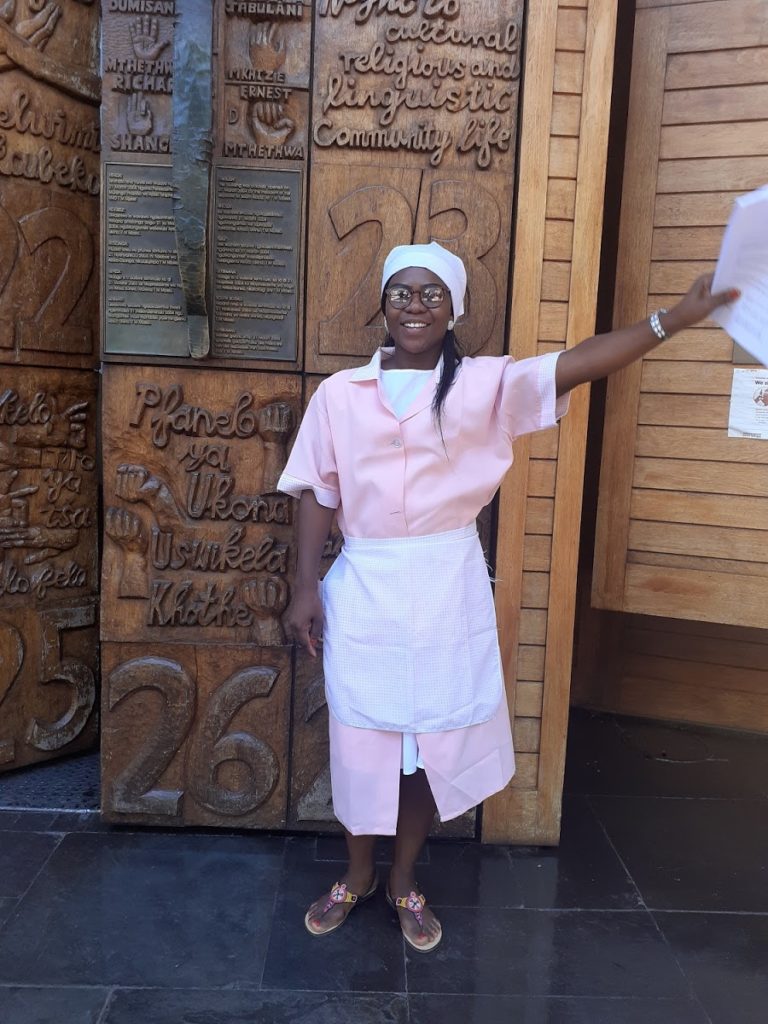
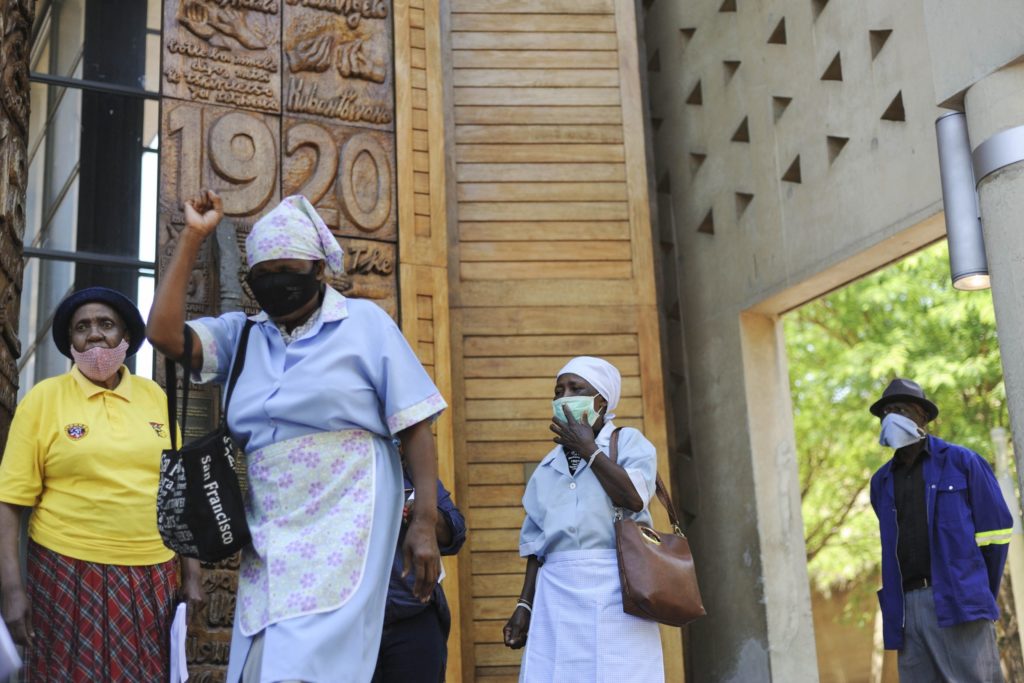

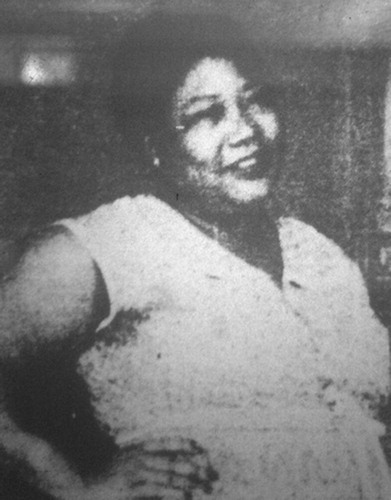
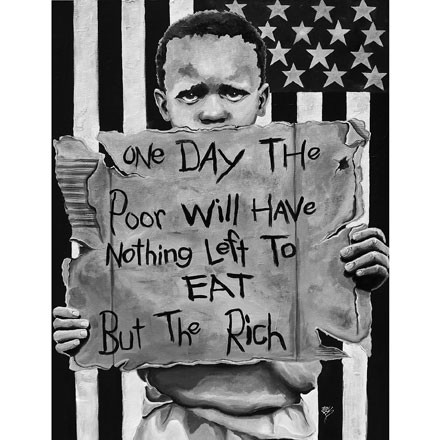
/https://www.thestar.com/content/dam/thestar/news/canada/2020/10/01/this-treatment-is-not-unique-to-joyce-indigenous-medical-workers-say-joyce-echaquans-death-is-the-latest-tragic-symptom-of-a-longstanding-health-care-crisis/justice_for_joyce_vigil.jpg)

